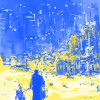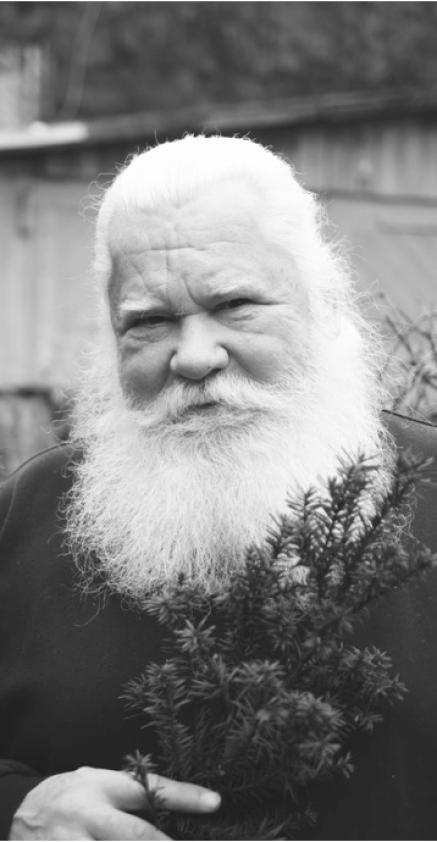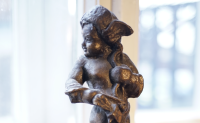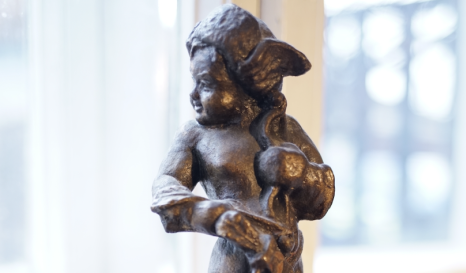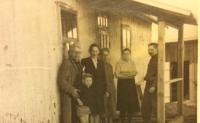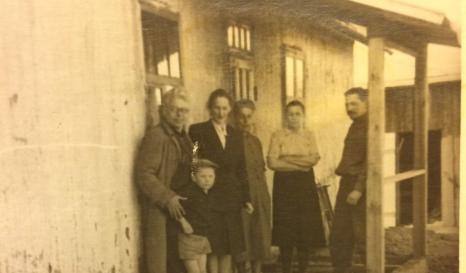BioGraphy
Kaspars PŪCE
Kaspars Pūce was born on August 2, 1948, in Strenči, Latvia, to a father who was a theater and film director, and a mother who was an actress.
In October 1948, his father, Voldemārs Pūce, who had lived in Germany for two years following the German occupation of Latvia, was arrested for anti-Soviet activities and collaboration with the fascists. After several months of imprisonment in Latvia, he was sentenced to 25 years of strict regime detention (строгий режим) in February 1949 and sent to Vorkuta, in the Russian Far North.
On March 20, 1949, when he was only a few months old, Kaspars and his mother, Daila, were deported. They were sent to a village along the Amur River, in the Russian Far East, where they lived for seven years. From their respective places of deportation, Kaspars' parents exchanged numerous letters in Russian and Latvian, which they both kept.
Stalin's death in 1953 improved the conditions for special deportees. In June 1956, Kaspars and his mother were allowed to leave the Amur region to reunite with Voldemārs in Vorkuta. It was the first time Kaspars saw his father, who had been arrested when he was only two months old.
A year later, Kaspars and his mother were released, and Kaspars' parents decided to send him back to Latvia to provide him with a Latvian education and introduce him to his native country.
Kaspars left Vorkuta with a Latvian family. Upon arrival in Latvia, he lived with his aunt and started attending Latvian school. The first year of school proved to be particularly challenging for Kaspars as he spoke Russian much more easily than Latvian. His parents, meanwhile, remained in Vorkuta. It was only upon Voldemārs' release in June 1959 that they returned, along with their newborn, Dace. Kaspars' father initially struggled to find work due to his previous conviction. However, he eventually managed to restart his career and became a recognized director.
Kaspars, on the other hand, became an actor. He still lives in Riga and is currently writing his father's memoirs.
The interview with Kaspars Pūce was conducted in 2018 by Amine Laggoune.

